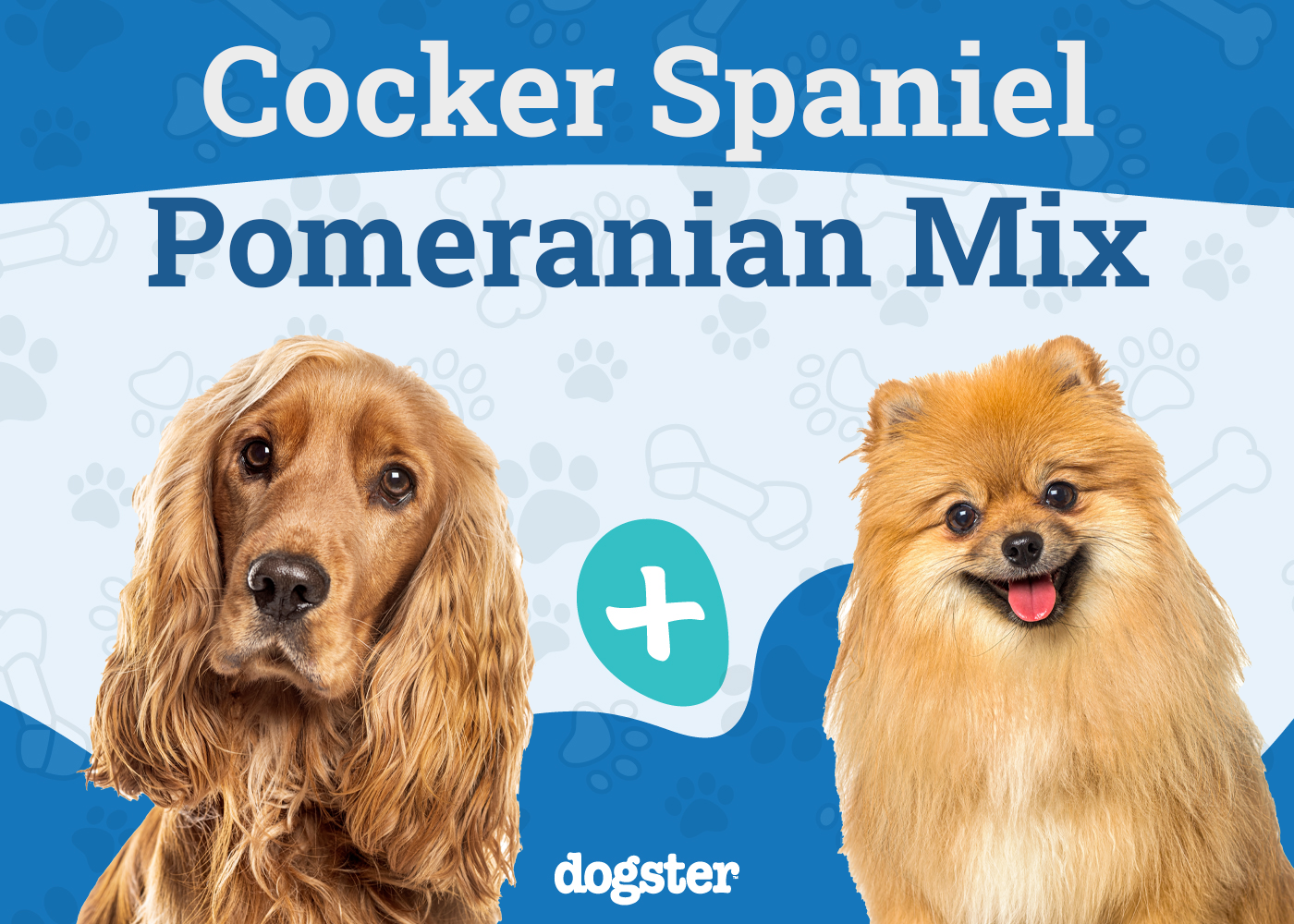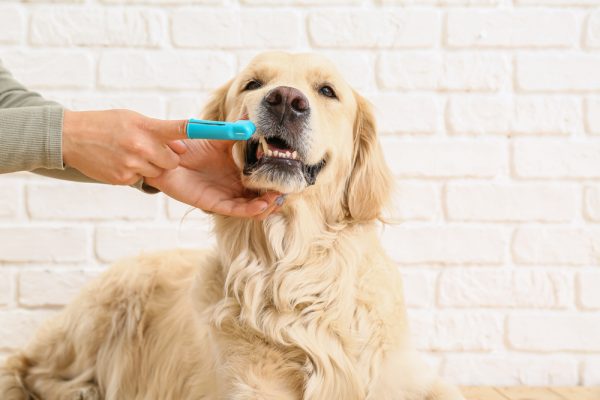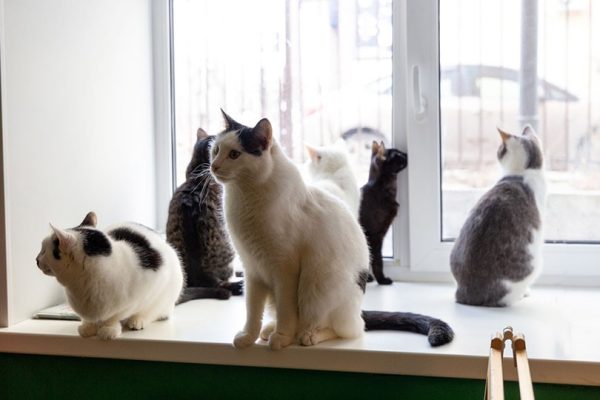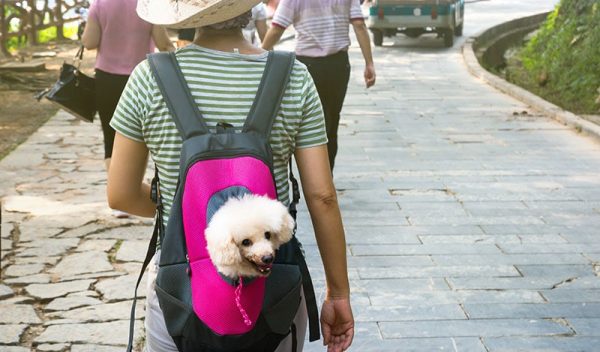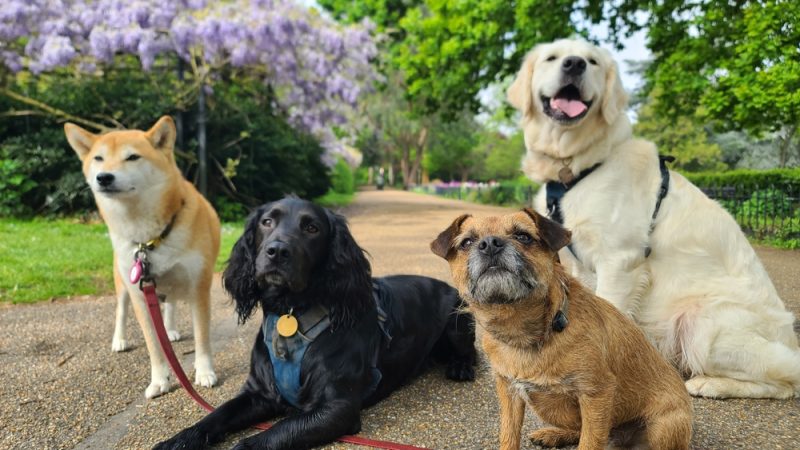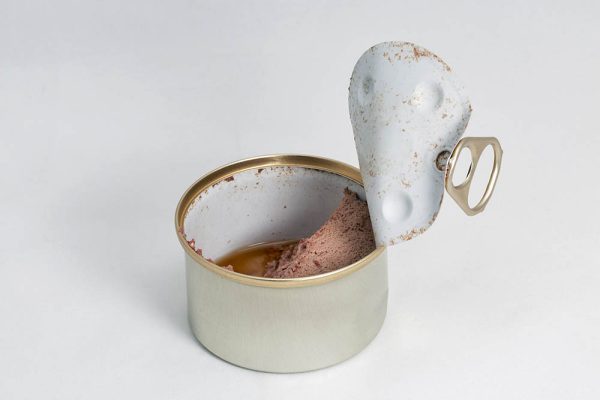In this article
View 8 More +Cockeranians are mixed-breed dogs that were bred for companionship. They’re small to medium-sized dogs with bright and playful personalities. They value human companionship and often grow to become strongly loyal to their families. Cockeranians are fun-loving dogs, and their enthusiasm is infectious. They’re the type of dog that brings joy and brightens the lives of the people around them. Here’s everything you need to know if you’re interested in taking care of a Cockeranian.
Breed Overview
Height:
11–16 inches
Weight:
7–27 pounds
Lifespan:
13–15 years
Colors:
Black, brown, pied, white
Suitable for:
First-time dog owners, apartment dwellers, families with children
Temperament:
Bold, playful, affectionate, loyal
The Cockeranian is a hybrid dog breed that is a cross between a Cocker Spaniel and a Pomeranian. They often have adorable floppy ears and soft, wavy hair. Cockeranians are companion pets who enjoy spending as much time as possible with their favorite people. They have a lot of love to give and are known to be very affectionate with their families.
Cockeranian Characteristics

Cockeranian Puppies
Cockeranians aren’t a common mixed-breed dog, so it can be difficult to find a breeder near you. Depending on the demand, you may be put on a waitlist after you’ve managed to find a Cockeranian breeder.
You may be able to find a Cockeranian at your local animal shelter or dog adoption organization. Some Cocker Spaniel and Pomeranian rescues can also have Cockeranians who are ready for adoption. However, most Cockeranians in these settings are adults, and it’s rare to come across puppies.
Cockeranian puppies are usually small bundles of energy. When they’re not napping, they’ll want to play with you, so get ready to play fetch, tug, and other games with your Cockeranian puppy. It’s also important to supervise and keep an eye on them at all times when they’re outside of their crate. They’re prone to injuries due to their small size, and jumping off the couch or bed can be dangerous for them.
Cockeranian Origin & History
There’s no clear date for when the Cockeranian first appeared. However, we do know that Cocker Spaniels and Pomeranians have been around for centuries. Cocker Spaniels originated in England and were bred to be hunting dogs. They mainly hunted woodcock, which is how they got their name.
Pomeranians descended from the Spitz family. They were named after Pomerania, which was located in modern-day Poland and western Germany. They rose in popularity after they gained Queen Victoria’s attention during her visit to Florence, Italy.


Temperament & Intelligence of the Cockeranian
A Cockeranian’s temperament can be unpredictable because Cocker Spaniels and Pomeranians have such different personalities. Some Cockeranians can be gentle and easygoing if they take after a Cocker Spaniel’s temperament. Cockeranians that inherit more Pomeranian qualities can be bold, alert, and playful.
Both Cocker Spaniels and Pomeranians are loyal to their families, and they become very affectionate with their favorite people. They can have a stubborn streak and be difficult to train at first. However, as you earn their trust and gain their affection, they usually become eager to please.
Are These Dogs Good for Families? 🏡
Cockeranians are good candidates for families with children. They’ll prefer being with older children, but they can learn to be patient with younger children. There’s a chance that your Cockeranian will be very small, and they can get injured easily from roughhousing. Therefore, it’s important to teach young children how to interact with Cockeranians respectfully and to know when dogs want to be left alone.
Does This Breed Get Along With Other Pets? 🐶 😽
Cockeranians can get along with other dogs, but they don’t mind being the only pets in the home. They love receiving attention and value human companionship. They can get along with cats, but they usually don’t do well with small pets. They can have a strong prey drive and may not ever become fully trusted to be left alone with small animals in the home.

Things to Know When Owning a Cockeranian
Food & Diet Requirements 🦴
Cockeranians are generally healthy dogs that don’t require eating special diets. They usually do just fine with eating high-quality commercial dog food. If your Cockeranian ends up being small, you’ll want to consider feeding them dog food specifically formulated for small dogs. This is because dogs have different nutritional needs depending on their size and breed. However, before you switch your Cockeranian’s food, it’s important to consult your veterinarian first. They can help you find the right diet for your Cockeranian and also recommend brands that best fit their needs.
If you need to speak with a vet but can't get to one, head over to PangoVet. It's an online service where you can talk to a vet online and get the personalized advice you need for your pet — all at an affordable price!

Exercise 🐕
Cockeranians are playful dogs that require at least 30 minutes of exercise per day. They can get exercise by going on walks, running around your backyard, and playing with their toys. Some Cockeranians will enjoy swimming in water, so they can get good exercise by going to the dog beach or swimming in a dog-friendly pool.
Training 🦮
Cockeranians are smart dogs that do fairly well in obedience training. They may need a little convincing at first, but they usually come around, and training them becomes easier with consistency and persistence.
The most effective way to train Cockeranians is to schedule short training sessions multiple times a day. This method keeps training sessions fun and helps Cockeranians retain what they learn through repetition. Make sure to also keep training sessions positive and encouraging. Cockeranians are very sensitive to people’s tone of voice, and harsh treatment will only have negative effects on their self-esteem.
Grooming ✂️
Cockeranians require weekly brushing to help lift and remove dead hair, dirt, and debris from their coat. They’re also moderate shedders, and some may shed a little more during shedding season. If your Cockeranian has heavy shedding seasons, brushing them more frequently during this time can help reduce shedding in your home. They can also benefit from a bath once every 4–6 weeks. Make sure to use a shampoo formulated for dogs.
Cockeranians can also have long and floppy ears. This makes them prone to getting ear infections, so it’s important to check their ears regularly for infections. It’s also recommended that their ears be cleaned weekly with an ear cleanser to remove dirt and keep them dry.
Health and Conditions ❤️
Cockeranians are generally healthy dogs with an average lifespan of 13 to 15 years. They’re still susceptible to developing certain health issues as they age. Here are a few hereditary conditions to look out for in Cockeranians.
- Luxating patella
- Hypothyroidism
- Cushing’s disease
- Ear infections
- Hip dysplasia
- Hypoglycemia
- Von Willebrand disease
Male vs Female
Male and female Cockeranians don’t really have any significant differences between them. Some male Cockeranians may grow larger than females, but their size is often consistent with the size of their parents. The dog’s sex doesn’t determine temperament and physical health, as the dog’s genetics, environmental upbringing, and lifestyle play a more significant role.

3 Little-Known Facts About the Cockeranian
1. Cockeranians vary significantly in size.
Cockeranians can grow to weigh between 7 to 27 pounds. They vary in size because of the size difference between the Cocker Spaniel and the small Pomeranian. Since there aren’t any breed standards for Cockeranians, their size isn’t regulated.
2. Cockeranians are adaptable.
Cockeranians are adaptable dogs that can live comfortably in a variety of settings. They’re hardy dogs that can handle hot and cold weather fairly well. They’ll enjoy living in a single-family home where they have space to run, but they also adjust well to apartment living as long as they get their daily exercise needs met.
3. Cockeranians can be challenging to potty train.
Smaller Cockeranians can face more challenges with potty training. In general, small dog breeds are harder to potty train because of their small bladders. They must be let out to relieve themselves more frequently, and they aren’t able to hold their bladders very well.

Final Thoughts
Cockeranians are loving companion dogs who would love nothing more than to spend all day with their favorite people. They love to play, have fun, and enjoy the simple things in life. Despite their small size, Cockeranians have a boldness that makes them enjoy adventures and exploring new places. They also don’t like being alone for long hours, so it’s best to take them out to accompany you whenever it’s possible.
